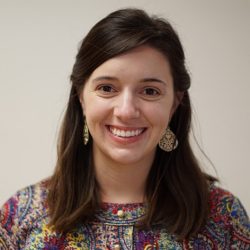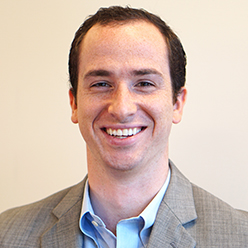EXECUTIVE SUMMARY
The practice of blended learning in K–12 schools has grown immensely over the past several years as school and district leaders have adopted technology with the goal of personalizing learning. Yet, the unfolding of the practice itself—exactly how blended instructional models change and evolve to meet the goals of personalization—happens at the micro-level. In numerous classrooms, innovative teachers constantly identify and pursue new ways to adjust, bend, and break open instructional models to optimize the learning process for their students.
At Bella Romero Academy, a K–8 public school in Greeley, Colo., and in several schools in the District of Columbia Public Schools, the blended- learning journey launched with the adoption of the Station Rotation model around Fall 2014. Since that time, teachers have modified the Station Rotation to address various student needs. Though each classroom looked similar just a few years ago, today their many differences reflect each teacher’s willingness to innovate and adapt to the unique needs of their students.
Mallory Mattivi: A 7th-grade English language arts teacher at Bella Romero, Mattivi has evolved her model from a daily Station Rotation to a Flex model that is interspersed throughout a two-week instructional cycle consisting of whole-group and small-group instruction, one-on-one conferences, and collaborative projects.
Angela Jones: A former 4th-grade teacher and now teacher coach at Bella Romero, Jones sensed a need for change when her model’s fixed amount of time for learning software was either too much or not enough for many students. She now helps some teachers manage a less rigid approach to timing on stations, and others implement individualized playlists within a Flex model.
Diane Johnson: A 5th-grade math teacher at Orr Elementary, Johnson’s Station Rotation is still intact, but with a few key adjustments to space and pace. With an opportunity to set their own learning goals week to week, students in Johnson’s class are building the skills necessary to direct their own learning.
Milton Bryant: A 5th-grade math teacher at Ketcham Elementary, Bryant had no plans to change his Station Rotation model until he had a chance to observe innovative classrooms across the country. Now, balancing structure and student choice, Bryant maintains stations three days a week, but gives students two Flex days to move through content at their own pace.
Kaila Ramsey: Having recognized her students self-awareness regarding their personal learning goals, Ramsey, a 4th-grade math teacher at H.D. Cooke Elementary, infuses choice into her rotations by offering students a myriad of activities to select from at each station. After incorporating goal setting, peer-to-peer instruction, and dedicated days for various learning activities, Ramsey is headed toward a Flex model where students move through content on a customized, bi-weekly playlist.
The teachers at Bella Romero Academy and DC Public Schools are not done innovating. Each is continuously adapting the instructional model to create improved degrees of flexibility, differentiation, and student agency. This unrelenting commitment to model change—not for change’s sake, but for the students’—offers an important lesson for blended educators aiming to personalize learning in their classrooms.
Download Paper


